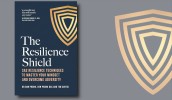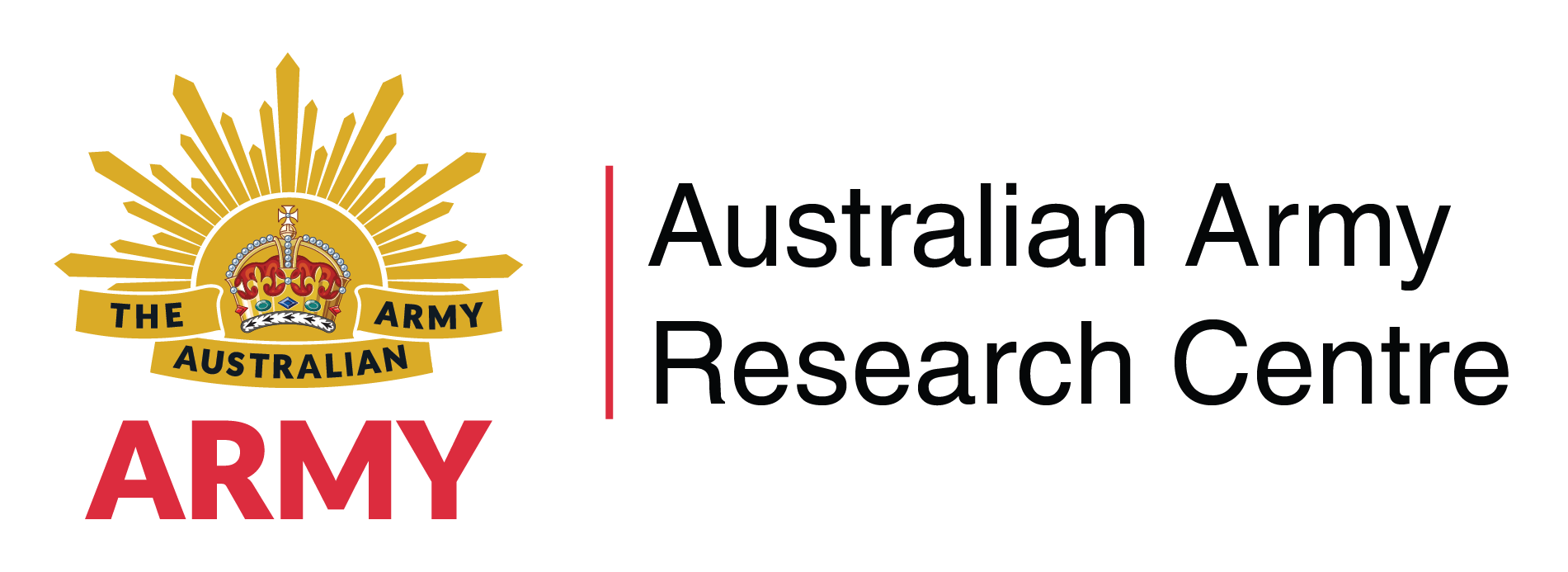Search
Using the filters to the left, click your selection, it will become bold and filter the results, click it again to remove that filter.
Abstract On the surface, the ‘zero tolerance’ policy of the Australian Defence Force (ADF) on substance abuse appears to be overbearing and paternalistic—out of step and out of touch in an age when individuals feel that they should be able to make informed decisions about what they do and what substances they put in their bodies. Examination of media releases, official statements, policies and freedom of information documents available through Defence or in open media in relation to drug use in the …
The 1945 Borneo campaign, conducted by the 7th and 9th Australian Divisions of I Australian Corps, was the largest ever planned and conducted by Australia’s armed forces. It involved Allied amphibious assaults against the forces of Imperial Japan at Tarakan (OBOE 1) and Balikpapan (OBOE 2) in Indonesia, and Brunei Bay (OBOE 6) in Malaysia and Brunei. In the case of OBOE 6, the two large-scale amphibious landings on Labuan and the shores of Brunei Bay were quickly followed by three battalion-group …

Macmillan Australia , 2021, 336 pp RRP: $36.99 Paperback ISBN 9781760983499 Written By : Dan Pronk, Ben Pronk and Tim Curtis Reviewed By : Darren Cronshaw The Resilience Shield is a book written by three former Australian special forces soldiers that urges readers to build resilience by focusing on six interrelated layers. [1] The book’s underpinning proposition is that the best time to develop a so-called ‘resilience shield’ is before crises so that compounding stressors do not get the better of us. I …

Mr Michael Webster is a practising lawyer, former active-service military officer, and a geolegal strategist. He retired as a lieutenant colonel from the Australian Regular Army after twenty years as a legal officer. He had operational service in Asia, the Middle East, and the Pacific regions. He has degrees in business, education, history, and the law. He is currently studying at the National Security College in Canberra. His research interests include intellectual warfare, legal warfare, Australian …
Debating the Australian Army Profession In the long history of the Australian Army, there has been no significant, holistic study of the Australian Army profession, past, present or future. [1] This is an awkward statement in an introductory article to a special themed edition of the Australian Army Journal (AAJ), a publication which for 10 years (2003–2013) bore on its title page the phrase ‘For the Profession of Arms’. [2] It is rendered all the more uncomfortable by recalling that the army profession …
Major Robert Bruce is an Australian Army Officer with over 15 years of service. He is a graduate of the Australian Defence Force Academy with a Bachelor of History and Politics, and a Chief of Army Honours student. He is also a graduate of the Australian War College, where he graduated with a Masters in Military and Defence Studies, and was awarded the Secretary of Defence Prize for excellence in strategic thinking. … Robert …
Colonel Nick Bosio has held various command and staff appointments across tactical, campaign and strategic posts within Australia and on operations. His experience includes Chief of Campaign Plans for a 3-Star Coalition Headquarters, Commanding Officer of the 6 th Engineer Support Regiment, and Deputy Head/Director of Military Strategic Plans. Colonel Bosio holds a Bachelor of Engineering, three master’s degrees and a research doctorate (PhD) focusing on military theory, strategic studies, and systems …

Lessons from Morris Janowitz’s The Professional Soldier The concept of the profession of arms has existed for centuries. Many ancient Egyptian, Persian, Greek and Roman texts discuss generalship and soldiering. [1] The high medieval period saw extensive military research. Kings, nobles and knights all studied siege craft, fortifications, engineering, artillery and the management of armies. [2] As dominions grew in size and scope, so did scholarly works on military development and investment as a part of …
The Professional Revolution to Transform Army into an Integrated Enabler 2025 CA Essay Competition Winner Hungarian physician Ignaz Semmelweis died in an asylum in 1865, a pariah in the European medical profession. Two decades earlier at Vienna’s General Hospital, Semmelweis had made a simple observation: the obstetric ward attended by doctors had a maternal mortality rate three times higher than the one attended by midwives. The difference? Doctors performed autopsies in addition to delivering babies, …
2025 CA Essay Competition Runner Up “Our peace strategy must formulate our war strategy, by which I mean that there cannot be two forms of strategy, one for peace and one for war, without wastage – moral, physical and material when war breaks out. The first duty of the grand strategist is, therefore, to appreciate the commercial and financial position of his country; to discover what its resources and liabilities are. Secondly, he must understand the moral characteristics of his countrymen, their history, …
